Digital Poster
Novel Approaches in Arterial Spin Labeling
ISMRM & ISMRT Annual Meeting & Exhibition • 10-15 May 2025 • Honolulu, Hawai'i

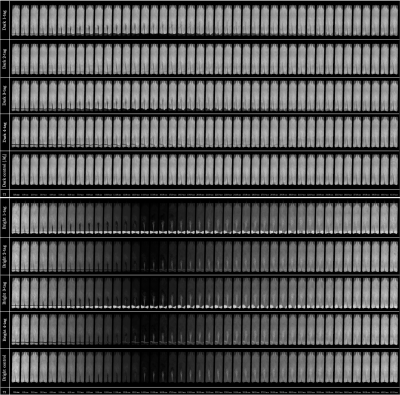 |
Computer Number: 33
3689. Extending
the General Kinetic Model for Perfusion to Time-Spatial Labeling
Inversion Pulse (Time-SLIP) Applications
V. Malis, M. Miyazaki
UC San Diego, San Diego, United States
Impact: The extension of GKM to Time-SLIP improves
perfusion quantification and visualization of fluid
dynamics, providing a more precise tool for studying
conditions involving cerebrospinal fluid (CSF) movement.
This opens possibilities for more complex fluid dynamic
investigations.
|
|
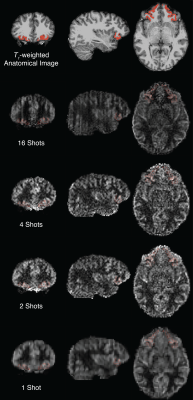 |
Computer Number: 34
3690. Pushing
the Limits of ASL Spatiotemporal Resolution using 3D Accelerated
Stack-of-Spirals
L. S. Zhao, Y. Chang, Z. Wang, J. Gottfried, M. D. Tisdall,
J. Detre, M. Taso
University of Pennsylvania, Philadelphia, United States
Impact: Improved spatial and temporal resolution enables
enhanced applications including ASL-based resting-state or
task dynamics in high-susceptibility regions.
|
|
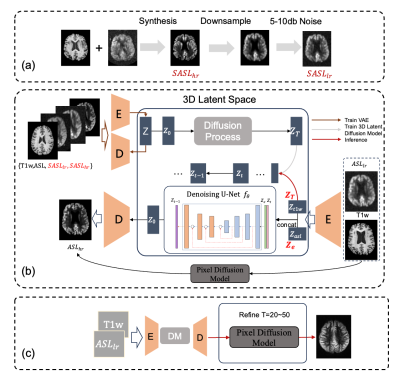 |
Computer Number: 35
3691. Self-Supervised
SUper-Resolution ASL Enhancement based on 3D Latent Diffusion
Models (SURED-L)
Y. Xu, J. Li, J. Zheng, L. Shi, Z. Zhang, W. Dai, J. Li, X.
Feng, H. Zhang, L. Zhao
College of Biomedical Engineering & Instrument Science, Zhejiang University, Hangzhou, China
Impact:
The proposed method achieved ASL super-resolution by combining latent and image-space models, which can enhance the resolution of 4mm ASL to 2.5mm, equivalent to reducing the scan time by 13 mins. |
|
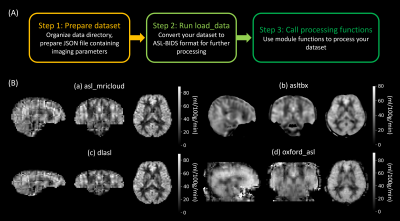 |
Computer Number: 36
3692. ISMRM
Open Science Initiative for Perfusion Imaging (OSIPI): Composite
Python Library for ASL Image Processing
Y. Shuai, P. van Houdt, J. Petr, L. Torres, D. Thomas, B.
Dickie, L. Kershaw, L. Zhou, A. Adebimpe, Z. Wei, M. G. Mora
Álvarez
Johns Hopkins University, Baltimore, United States
Impact: PyASL provides unified, open-source functions
that enable researchers to apply standardized methods across
studies, enhancing reproducibility and transparency. It also
reduces redundant development, allowing scientists to focus
on addressing new challenges in ASL perfusion imaging.
|
|
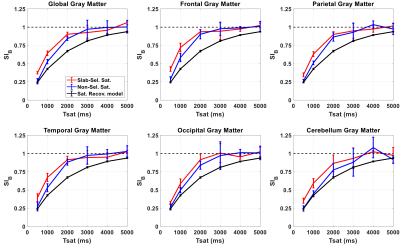 |
Computer Number: 37
3693. Effect
of Saturation on Velocity-Selective Arterial Spin Labeling based
Perfusion Quantification: Accounting for the Inflow of Fresh
Blood
F. Xu, D. Zhu, D. Liu, Q. Qin
Johns Hopkins University, School of Medicine, Baltimore, United States
Impact: To account for inflow effects, VSASL-based CBF
quantification should use a slab-selective saturation with a
2.0s delay for optimal tSNR efficiency, and apply a scaling
factor of 0.90 for more accurate CBF estimation than relying
on the saturation recovery model.
|
|
 |
Computer Number: 38
3694. Stochastic
variational inference improves arterial transit time estimation
from multi-delay arterial spin labelling data
T. Kirk, G. Kenyon, M. Craig, M. Chappell
Quantified Imaging Limited, London, United Kingdom
Impact: The advantages of this new method will enable
researchers to better exploit ATT measurement via
multi-delay ASL, furthering understanding of neurovascular
health.
|
|
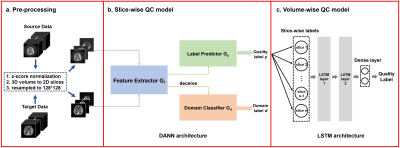 |
Computer Number: 39
3695. Feasible
and Transferable 3D Quality Control Model for ASL Images
R. Lin, J. Luan, A. Yang, M. Xu, G. Ma, S. Dolui, L. Zhao
Zhejiang University, Hangzhou, China
Impact: The proposed model enables flexible and
transferable quality control for 3D ASL images, which may
offer a valuable tool for brain studies across multiple
cohorts and sites.
|
|
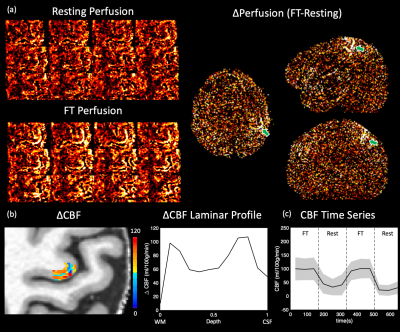 |
Computer Number: 40
3696. Whole-cerebrum
isotropic 1 mm Arterial Spin Labeling Perfusion at 7T with
Improved Temporal Resolution
C. Zhao, F. Guo, Z. Yang, Q. Shou, X. Shao, A. Beckett, E.
Walker, S. Ma, D. Feinberg, D. Wang
University of Southern California, Los Angeles, United States
Impact: This study presents high spatial and temporal
resolution ASL perfusion imaging at 7T, providing
motion-robust, fast, and fine-grained structural and
functional information of the brain.
|
|
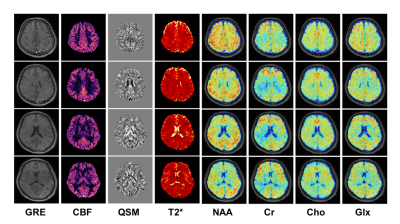 |
Computer Number: 41
3697. Improved
ASL in Water-Unsuppressed MRSI Using Generalized Series Modeling
and Statistical Learning
R. Guo, Z. Xu, Y. Li, Y. Zhao, W. Jin, Z. Meng, Y. Li, D.
Wang, Z-P Liang
Siemens Healthineers, St Louis, United States
Impact: With the enhanced SNR and imaging speed, this
integrated ASL and MRSI method offers a powerful multi-modal
imaging tool for investigating cerebral blood flow and brain
metabolism under healthy and disease conditions.
|
|
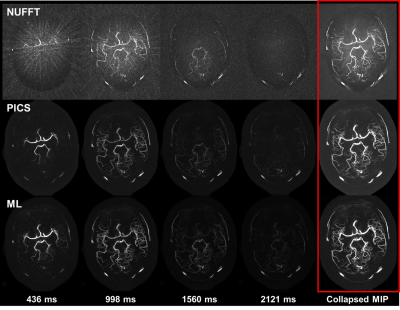 |
Computer Number: 42
3698. Fast
Reconstruction of Time-Resolved 4D MRA with Unrolled Neural
Networks
Z. Li, T. Zhao, M. Yurt, S. Vasanawala, L. Yan
Northwestern University, Chicago, United States
Impact: DL-AngioNet significantly accelerates 4D MRA
reconstruction by ~30-fold, which not only preserves good 4D
MRA flow dynamics, but also provides improved SNR in the
results. DL-AngioNet could facilitate 4D MRA into a wider
clinical use.
|
|
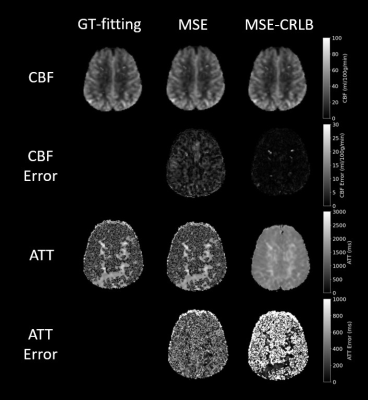 |
Computer Number: 43
3699. A
Cramér–Rao Lower Bound-informed 3D Convolutional Neural Network
for Multi-delay pCASL Estimation
J. Zheng, M. Lin, P. Huang, L. Zhao
Zhejiang University, Hangzhou, China
Impact: A CNN model with CRLB-informed MSE loss offered
improved accuracy and robustness in CBF estimation and in
handling outliers, which may provide an efficient method to
quantify ASL images.
|
|
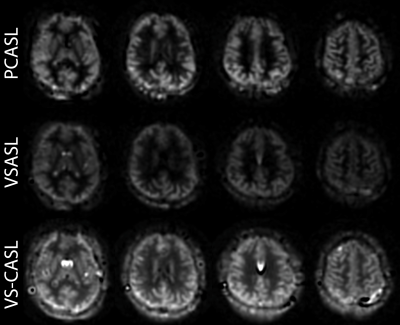 |
Computer Number: 44
3700. Velocity-selective
continuous arterial spin labeling
Z. Zun
Weill Cornell Medicine, New York, United States
Impact: This work demonstrated a novel approach to ASL
perfusion imaging, combining the advantages of VSASL and
PCASL, and showing the potential to eliminate transit delay
and enhance SNR.
|
|
 |
Computer Number: 45
3701. Feasibility
of Velocity-Selective ASL MRA at 5T
Z. Sun, H. Li, L. Liu, X. Zhang, J. Zhu, X. Zhang, Z. Chen,
H. Wang
Fudan University, Shanghai, China
Impact: The study suggests that VS ASL MRA at 5T is
feasible.
|
|
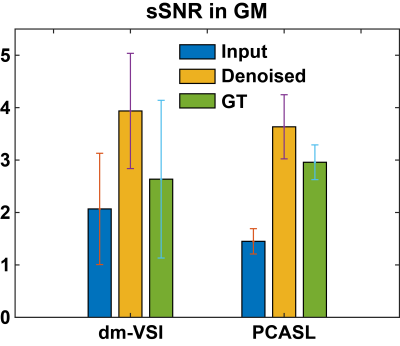 |
Computer Number: 46
3702. Exploring
feasibility of whole-brain arterial spin labeling in 10 seconds
J. Guo, N. Ilyas
University of California, Riverside, Riverside, United States
Impact: The method proposed in this study will enable
accurate ASL perfusion measurement with significant
reduction of scan time, making ASL potentially an additional
diagnostic tool in acute perfusion imaging applications
where scan time is extremely precious.
|
|
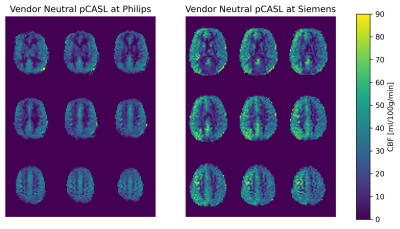 |
Computer Number: 47
3703. Cross-vendor
comparison of vendor-agnostic Arterial Spin Labeling
M. Nagtegaal, S. Konstandin, M. Günther, M. van Osch, D.
Hoinkiss
Leiden University Medical Center, Leiden, Netherlands
Impact: This is a first step to vendor-neutral
multi-center studies that include physiological perfusion
measures, however further development and more multi-PLD
sequences are desired.
|
|
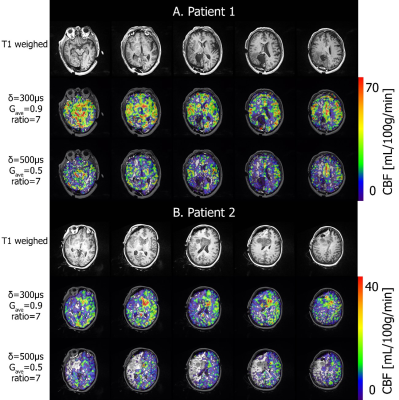 |
Computer Number: 48
3704. Labeling
configuration optimization of Pseudo-Continuous Arterial Spin
Labeling in the intraoperative setting at 3 Tesla.
C. Sánchez-Albardíaz, M. Calvo-Imirizaldu, V.
Aramendía-Vidaurreta, M. Vidorreta, L. H. Gonzalez-Quarante,
B. Bejarano, A. Aransay García, A. Martinez-Simon, E.
Cacho-Asenjo, C. Honorato, M. A. Fernández-Seara
Clínica Universidad de Navarra, Pamplona, Spain
Impact: A PCASL labeling configuration robust to
off-resonance effects and to low blood velocities was
obtained by shortening RF spacing and increasing the Gave .The
labeling configuration proposed could be beneficial in
situations with similar circumstances.
|
The International Society for Magnetic Resonance in Medicine is accredited by the Accreditation Council for Continuing Medical Education to provide continuing medical education for physicians.